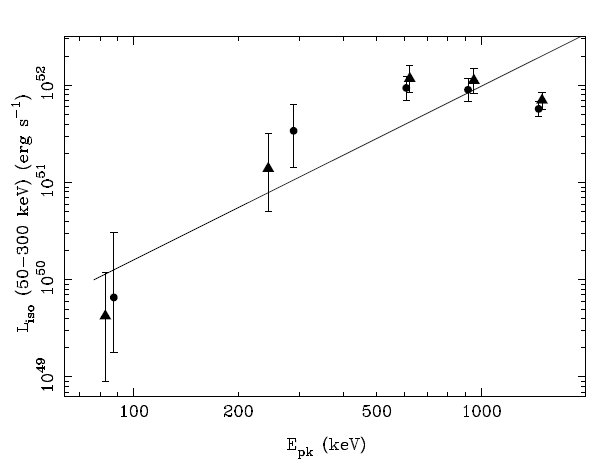Meli 2009 质子加速产生的超高能宇宙射线
主要内容:
一个模型
精彩摘抄:
文章信息:
· Find Similar Abstracts (with default settings below) - · arXiv e-print (arXiv:0905.4466)
- · References in the Article
- ·
- · Translate This Page
| Title: | Ultra high energy cosmic rays: subluminal and superluminal shocks | |
| Authors: | Meli, A.; Becker, J. K.; Quenby, J. J | |
| Publication: | eprint arXiv:0905.4466 | |
| Publication Date: | 05/2009 | |
| Origin: | ARXIV | |
| Keywords: | Astrophysics - High Energy Astrophysical Phenomena | |
| Comment: | 4 pages, 4 figures, paper contribution for the International Cosmic Ray Conference 2009, Lodz Poland | |
| Bibliographic Code: | 2009arXiv0905.4466M |
Abstract
Diffusive shock acceleration is invoked to explain non-thermal particle acceleration in Supernova Remnants, Active Galactic Nuclei (AGN) Jets, Gamma ray Bursts (GRBs) and various large scale cosmic structures. The importance of achieving the highest observed particle energies by such a mechanism in a given astrophysical situation is a recurring theme. In this work, shock acceleration in relativistic shocks is discussed, mostly focusing on a numerical study concerning proton acceleration efficiency by subluminal and superluminal shocks, emphasising on the dependence of the scattering model, bulk Lorentz factor and the angle between the magnetic field and the shock flow. We developed a diffuse cosmic ray model based on the study of different shock boost factors, which shows that spectra from AGN fit current observations of ultra high energy cosmic rays, above 5.7 x 10^10 GeV, much better than GRBs, indicating that AGN are the primary candidates to explain the UHECR flux. Recent Fermi observations of GRB090816c indicate very flat spectra which are expected within our model predictions and support evidence that GRB particle spectra can be flat, when the shock Lorentz factor is of order ~1000.Bibtex entry for this abstract Preferred format for this abstract (see Preferences)


